Disclosure: This article contains affiliate links. We may earn a commission from purchases at no extra cost to you, which helps our travel content.
Porto may be synonymous with its eponymous fortified wine, but this northern Portuguese city harbors historical layers that extend far beyond its famous cellars. As someone who's spent considerable time analyzing evidence in courtrooms, I've found that my judicial mindset transfers surprisingly well to uncovering historical narratives in ancient urban landscapes. During my recent autumn sabbatical from the Omaha bench, I spent a week methodically exploring Porto's less-traversed corners, armed with nothing but a small daypack, comfortable walking shoes, and an insatiable curiosity for how cities preserve their stories through architecture and public spaces. What follows is my carefully documented case for seven overlooked historical treasures that most visitors—distracted by port wine tastings and Instagram-famous bookshops—regrettably miss.
1. Muralha Fernandina: Porto's Medieval Defense System
While tourists flock to the iconic Dom Luís I Bridge, I found myself drawn to the fragments of Porto's 14th-century defensive walls—the Muralha Fernandina. Named after King Ferdinand I who ordered their construction, these medieval fortifications once stretched nearly 3,000 meters, encircling the entire medieval city. Today, the most substantial remaining section runs behind the Vitória district and offers a remarkably untouristed historical experience.
During my second morning in Porto, I arrived at Bataria da Vitória just after sunrise. The golden light illuminated the rough-hewn granite blocks in a way that made the centuries momentarily collapse. Standing atop these walls, I gained both a tactical understanding of how the city was defended and breathtaking views across the Douro River that few visitors ever witness.
What struck me most was how these walls represent a physical manifestation of legal boundaries—something I've spent my career contemplating in far more abstract terms. The precision of their construction, with carefully positioned guard towers and strategic viewpoints, speaks to a medieval understanding of security that feels surprisingly relevant even in our digital age.
For the serious history enthusiast, I recommend bringing a pair of compact binoculars to appreciate architectural details across the river and to spot other fragments of the wall system scattered throughout the city. The contrast between medieval defensive architecture and Porto's later Baroque flourishes becomes particularly evident through a good pair of lenses.
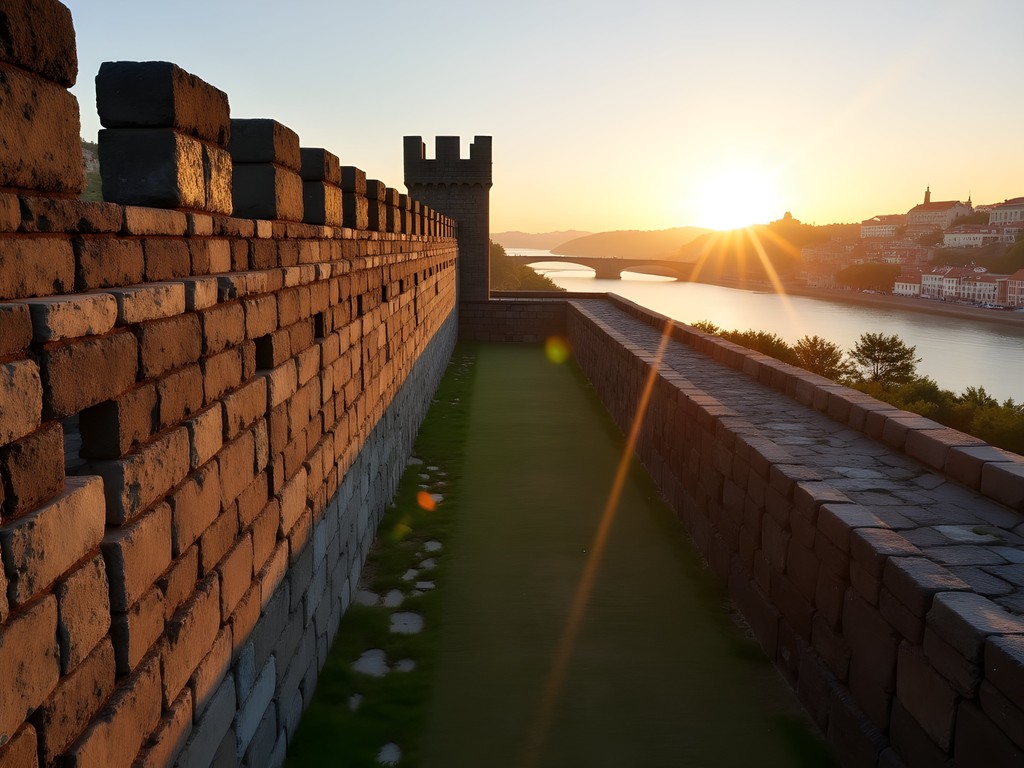
💡 Pro Tips
- Visit early morning (before 9am) to have the walls virtually to yourself
- Enter from the Largo 1º de Dezembro side for the best initial viewpoint
- Look for the stonemasons' marks carved into individual blocks—small symbols that identified which craftsman had shaped each stone
2. Hospital de Santo António: Neoclassical Masterpiece with British Roots
Few visitors realize that one of Porto's most significant architectural landmarks was designed by a British architect. The Hospital de Santo António, still functioning as a medical facility today, represents a fascinating chapter in Porto's architectural evolution and Anglo-Portuguese relations.
John Carr of York designed this imposing neoclassical structure in the late 18th century, though financial constraints meant his full vision was never completed. Walking its perimeter, I was struck by how this building embodies the Enlightenment ideals of order, reason, and scientific progress—principles not unlike those that underpin modern legal systems.
As someone who has spent considerable time in courthouses (structures often designed to project similar values), I found myself analyzing how the building's symmetry and grandeur were deliberately employed to instill confidence in medical science during a period of rapid scientific advancement.
The hospital's façade features a rhythmic sequence of columns and windows that creates a sense of balanced authority. Yet what I found most compelling was discovering the small museum inside the hospital's administrative wing, which documents both medical advances and the building's architectural significance. The museum's collection of early surgical instruments prompted a reflection on how both medicine and law have evolved from sometimes crude beginnings to more refined, evidence-based practices.
During my visit, I used my pocket travel journal to sketch some of the architectural details. I've found that drawing, however amateur the results, forces me to observe buildings with greater precision than photography alone. The process of sketching the hospital's façade revealed proportional relationships I might otherwise have missed.
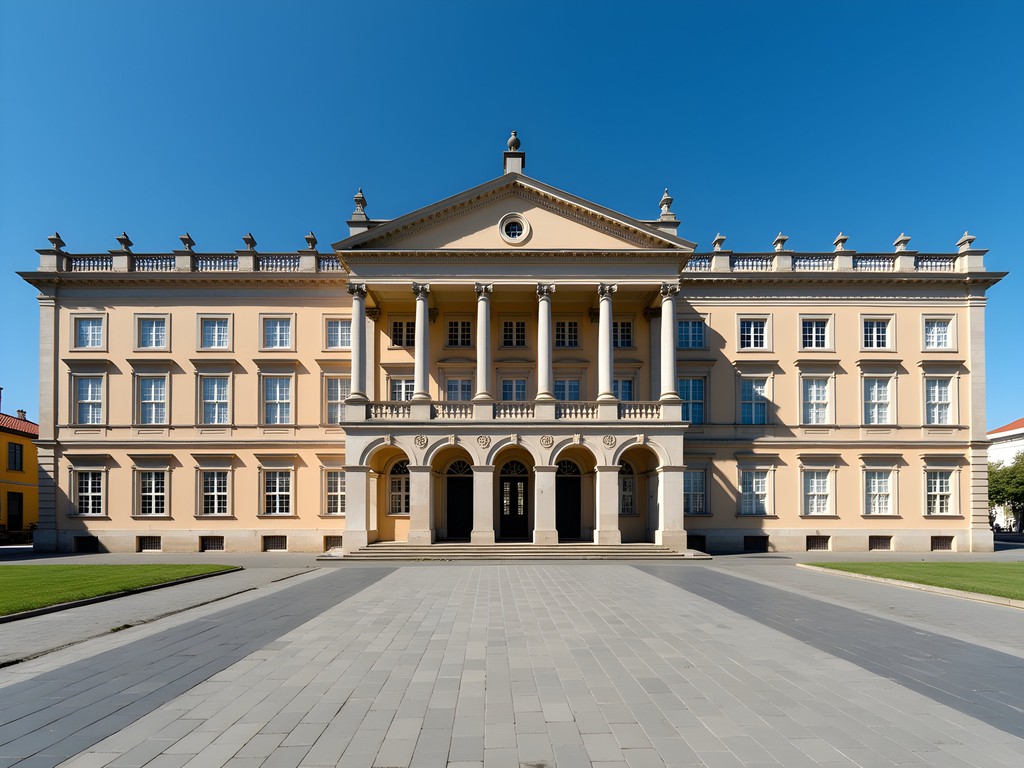
💡 Pro Tips
- Request permission at the information desk to view the small museum in the administrative wing
- Visit on weekday mornings when medical staff are less busy and more amenable to historical questions
- Look for the cornerstone with the original 1770 date inscription near the main entrance
3. Cemitério de Agramonte: A Forgotten Open-Air Museum
Perhaps it's my German heritage, but I've always found cemeteries to be among the most overlooked historical repositories in any city. Porto's Cemitério de Agramonte, established in 1855 during a cholera epidemic, offers an extraordinary chronicle of the city's social and artistic evolution that few tourists ever encounter.
Unlike the famous Parisian cemeteries that draw crowds, Agramonte remains pleasantly devoid of visitors. On my third afternoon in Porto, I spent nearly three hours wandering its paths without encountering another soul, save for an elderly groundskeeper who nodded approvingly at my interest in the funerary sculptures.
The cemetery's evolution mirrors Porto's own transformation: the oldest sections feature somber neoclassical monuments, while later areas showcase stunning Art Nouveau and Art Deco mausoleums that reflect the wealth generated during Porto's commercial heyday. The sculptural quality of many tombs is museum-worthy, with works by noted Portuguese sculptors like António Soares dos Reis and António Teixeira Lopes.
As someone who has spent a career weighing evidence, I found myself particularly drawn to the epitaphs—those final textual testimonies to lives once lived. Some were moving in their simplicity, others grandiose in their claims. All offered insights into how different generations of Porto's citizens wished to be remembered.
The cemetery contains a particularly poignant section dedicated to British residents who lived in Porto during the height of the port wine trade. These graves connect directly to the commercial relationships that shaped the city's economy and international character—relationships still evident in the names of port wine houses today.
I documented many of the most interesting monuments using my compact travel camera. Its excellent low-light performance proved ideal for capturing the subtle details of shadowed sculptures and the play of afternoon light across weathered stone monuments.

💡 Pro Tips
- Visit between 2-4pm when the light creates dramatic shadows across the sculptures
- Pick up the free cemetery map at the entrance gate to locate the most significant monuments
- Look for the distinctive blue azulejo tile decorations on some of the 19th-century graves
4. Casa do Infante: The Alleged Birthplace of Henry the Navigator
While tourists queue for the ornate Livraria Lello, I found myself alone in what might be Porto's most historically significant building: Casa do Infante. Tradition holds that Prince Henry the Navigator—the driving force behind Portugal's Age of Discovery—was born in this medieval structure in 1394.
Originally constructed as a customs house and mint in the 14th century, the building has undergone multiple transformations over its 700-year history. Archaeological excavations have revealed Roman foundations beneath the medieval structure, offering a remarkable vertical timeline of Porto's evolution.
What fascinated me most was how the building functioned as a nexus of legal and commercial authority throughout Porto's history. As a judge, I'm naturally drawn to spaces where law and commerce intersect. The customs house represented royal authority in Porto, controlling the flow of goods and collecting taxes that funded Portugal's early maritime adventures.
The museum now housed within the structure presents this history through an impressive collection of artifacts, including medieval coins minted on-site and archaeological findings from various periods. The original customs records provide a detailed account of Porto's trading relationships, showing how the city served as a commercial hub centuries before the port wine trade developed.
During my visit, I was particularly struck by a small exhibition documenting the legal codes that governed medieval commerce in Porto. The precision of these regulations, some dating to the 14th century, demonstrated a sophisticated understanding of commercial law that feels remarkably modern in its concerns about fair trade and quality control.
The museum offers an excellent audio guide, but I enhanced my visit with additional context from a specialized Portuguese history book that provided deeper insights into how Porto's commercial regulations influenced Portugal's later colonial enterprises. Understanding this legal foundation helped me appreciate how the city's early commercial frameworks enabled its later global reach.
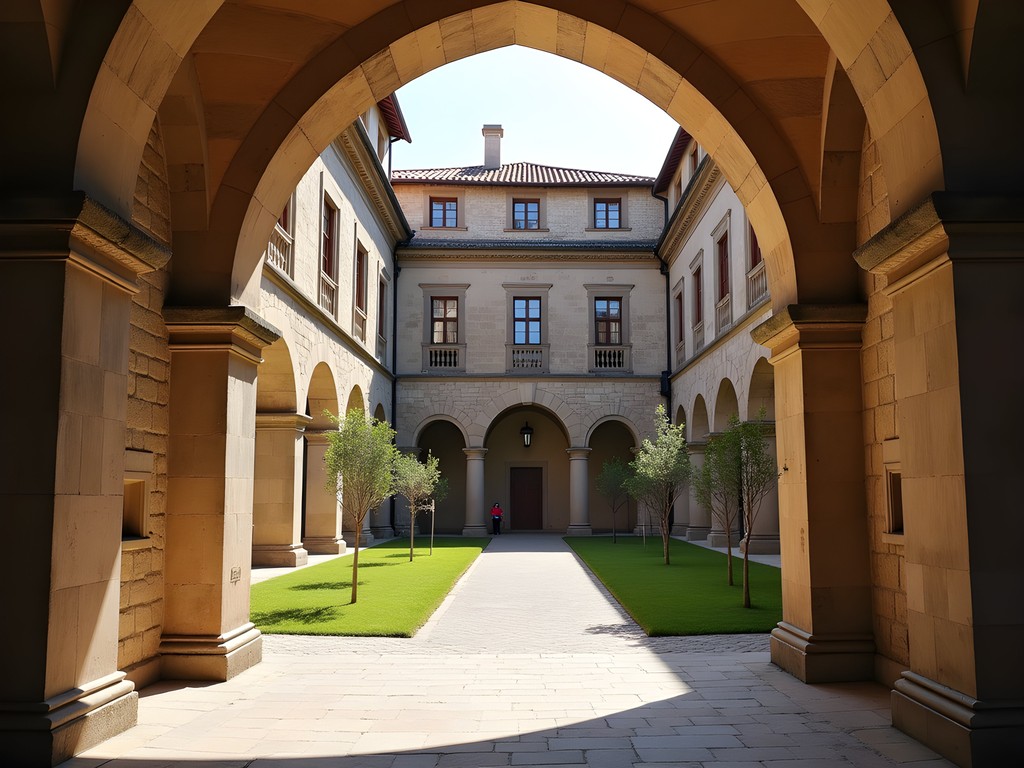
💡 Pro Tips
- Request to see the Roman foundations, which aren't always part of the standard tour route
- Visit on Thursday afternoons when admission is free for all visitors
- Look for the original medieval stone markers that indicated official weights and measures
5. Fonte das Virtudes: The Forgotten Baroque Fountain
Some of Porto's most remarkable historical sites are hidden in plain sight. The Fonte das Virtudes (Fountain of Virtues) is one such treasure—a baroque masterpiece cascading down a steep hillside in the Miragaia district that most visitors walk past without a second glance.
Constructed between 1619 and 1622 by architect Pantaleão de Seabra e Sousa, this monumental fountain once served as one of Porto's primary water sources. Today, it stands as a testament to how public infrastructure was once designed to be both functional and beautiful—a principle I've often found lacking in modern urban planning.
What makes this site particularly special is how it integrates with the surrounding urban landscape. The fountain is actually part of a terraced garden that descends the hillside, creating a series of platforms with increasingly spectacular views over the Douro River. During my visit in late October, the afternoon light cast long shadows across the baroque stonework while locals gathered on the terraces—a scene that has likely repeated itself for four centuries.
The fountain's name—Virtues—refers to the moral qualities its waters were said to represent: temperance, justice, prudence, and fortitude. As someone who has spent a career in the judicial system, I found it particularly moving to see justice represented as an essential public virtue, literally flowing through the city's infrastructure.
The site offers an excellent vantage point for photography, particularly in the golden hour before sunset. I captured some of my best images of Porto from these terraces, using my camera's wide-angle lens to encompass both the baroque fountain structure and the river valley beyond. For those serious about photography while traveling, a travel tripod is invaluable for these low-light situations. Mine weighs just over 3 pounds but provided the stability needed for sharp twilight shots of the fountain's intricate stonework.
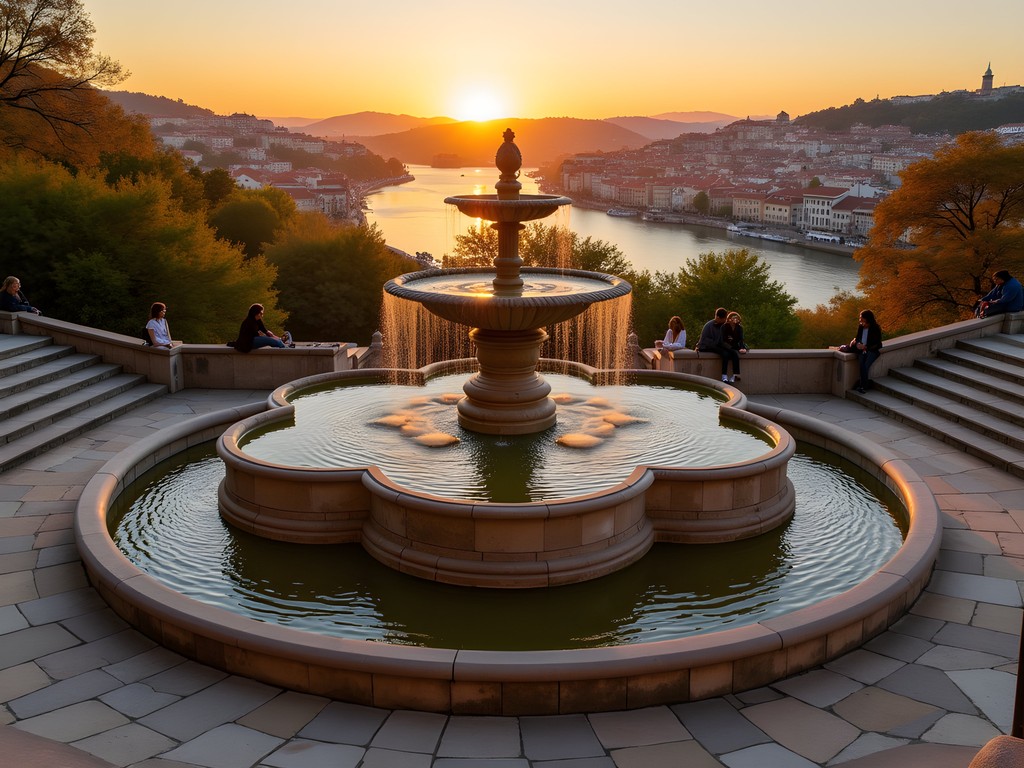
💡 Pro Tips
- Visit between 5-7pm when locals gather and the light is most flattering for both photography and ambiance
- Bring water and a snack to enjoy on the terraces while watching the sunset
- Look for the original mason's marks on the lower basin stones—small symbols carved by the 17th-century craftsmen
6. Palácio da Bolsa's Hidden Chamber: Arab Room Architectural Anomaly
While the Palácio da Bolsa (Stock Exchange Palace) appears on many Porto itineraries, most visitors see only a portion of this remarkable building. The structure itself represents a fascinating historical paradox: a monument to capitalism built by an association of merchants on the grounds of a former Franciscan monastery—commerce literally rising from religion's ashes after the convent burned in 1832.
What most visitors miss, however, is understanding the geopolitical context of the building's most famous room. The Arab Room (Salão Árabe), completed in 1880, represents one of Europe's most extraordinary examples of orientalist architecture. As a student of how design reflects cultural relationships, I found this room particularly intriguing.
The elaborate Moorish-inspired decoration—covering every surface with intricate geometric patterns in gold, blue, and red—seems incongruous in northern Portugal until one understands the historical context. This room was specifically designed to impress visiting dignitaries and business partners from North Africa and the Middle East at a time when Portugal was attempting to establish new trade relationships following the decline of its colonial empire.
Essentially, the Arab Room represents a sophisticated form of commercial diplomacy through architecture—creating a space where visitors from Islamic countries would feel culturally acknowledged while simultaneously demonstrating Portugal's artistic capabilities. The room serves as a physical manifestation of cross-cultural business negotiations.
During my visit, I joined the mandatory guided tour but arranged in advance to spend additional time in the Arab Room to study its architectural details. The guide mentioned that the room was inspired by the Alhambra in Granada, but my own analysis suggests the influences are more diverse, incorporating elements from various Islamic architectural traditions.
The palace's neoclassical exterior gives no hint of the Moorish splendor within—a reminder that historical buildings, like legal cases, often contain unexpected complexities beneath their formal facades.
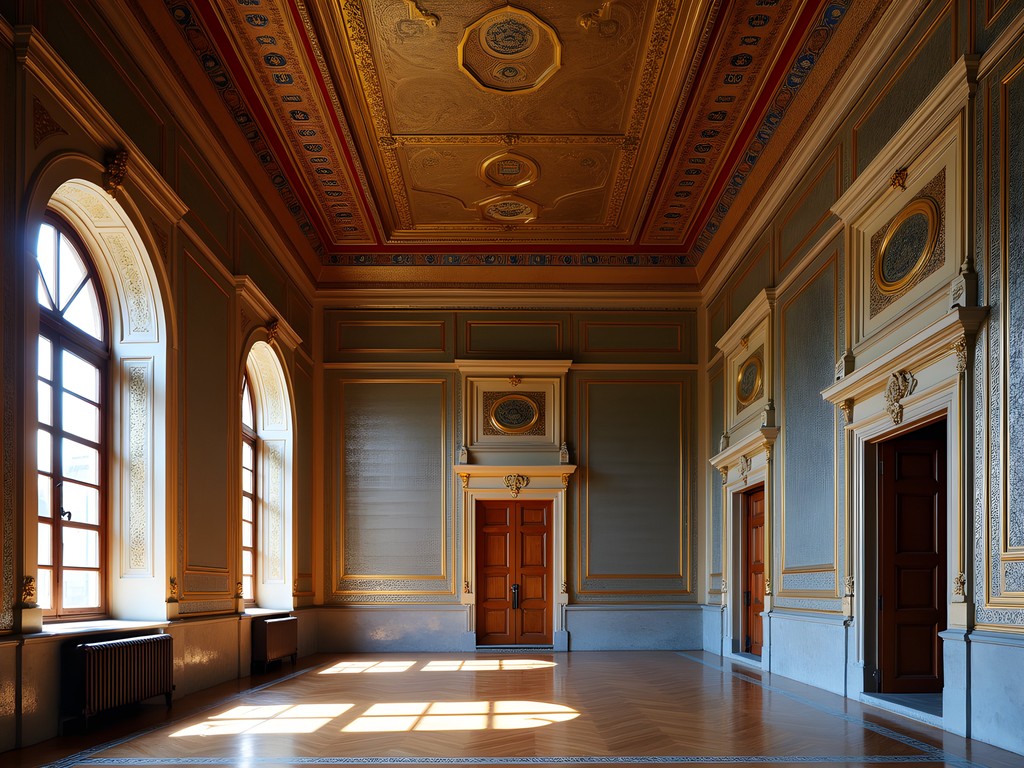
💡 Pro Tips
- Book the first tour of the day (9:00am) to photograph the Arab Room before it becomes crowded
- Request permission to remain in the Arab Room after your tour concludes for additional study time
- Look up at the ceiling's central dome where the craftsmen hid their signatures among the geometric patterns
7. Igreja de São Francisco's Catacombs: Porto's Subterranean History
While the golden interior of Igreja de São Francisco attracts crowds of tourists, surprisingly few visitors descend to the church's extensive catacombs. This underground necropolis contains over 300 years of Porto's history, with burial chambers for prominent merchant families and religious brotherhoods.
As someone who approaches historical sites with an analytical mindset, I found the catacombs particularly revealing of Porto's social structure during the 17th and 18th centuries. The organization of burial spaces clearly delineates social hierarchies, with elaborate family vaults for wealthy merchant families and simpler communal areas for members of various trade guilds.
The catacombs' design reflects a fascinating intersection of religious belief and commercial status. Many of the wealthier merchants chose burial locations closer to the altar above, reflecting the medieval belief that proximity to sacred spaces provided spiritual advantages in the afterlife. Essentially, they were purchasing premium spiritual real estate—a concept that merges commercial thinking with religious practice in a distinctly Portuguese Catholic manner.
What I found most compelling was the small museum displaying artifacts recovered during archaeological work in the catacombs. The collection includes personal items buried with the deceased—from religious medallions to merchant seals used to authenticate commercial documents. These objects provide intimate connections to individual lives that once animated Porto's commercial districts.
The temperature in the catacombs remains consistently cool year-round, making this an excellent refuge during Porto's occasionally warm autumn afternoons. During my visit in October, the contrast between the bright exterior sunshine and the cool, dimly lit underground chambers created a palpable sense of transition between worlds.
For exploring these dimly lit spaces, I found my compact flashlight invaluable for examining architectural details and tomb inscriptions that the limited ambient lighting fails to illuminate properly. The focused beam allowed me to discover several merchant marks and family crests carved into stone that I might otherwise have missed.
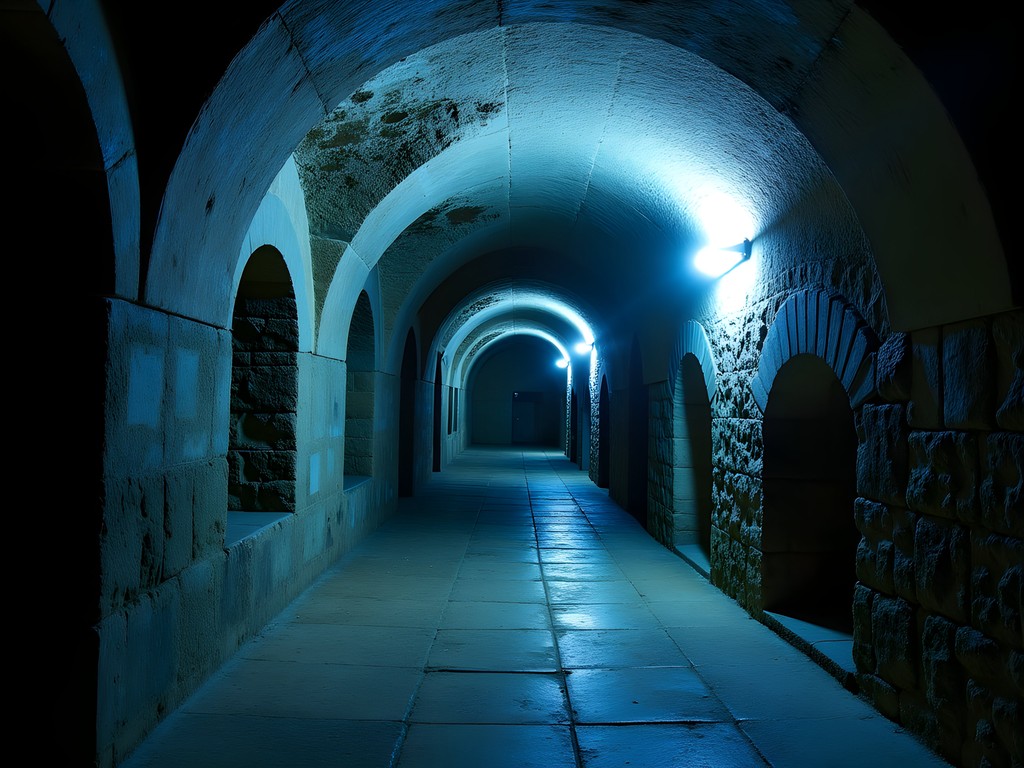
💡 Pro Tips
- Purchase the combined ticket that includes both the church and catacombs for the complete historical context
- Visit mid-afternoon when the slanting sunlight creates dramatic light patterns through the small catacomb windows
- Look for the small stone markers indicating different guild burial sections—each with their trade symbols carved in relief
Final Thoughts
Porto reveals itself most fully to those willing to look beyond the obvious. These seven overlooked historical treasures offer insights into the city's complex evolution that wine cellars alone cannot provide. What strikes me most, after a week of methodical exploration, is how Porto's layered history mirrors the complexity of human societies I've observed throughout my legal career—each generation building upon, modifying, and sometimes erasing what came before, yet leaving traces for the careful observer to decode. As you plan your own Porto itinerary, I encourage you to allocate time away from the tourist standards to seek out these lesser-known historical corners. The rewards—intellectual, aesthetic, and emotional—prove far richer than any port wine tasting, though I certainly recommend indulging in that pleasure as well. After all, understanding a city's history should engage all the senses.
✨ Key Takeaways
- Porto's historical significance extends far beyond its famous wine industry
- The city's architectural diversity reflects its complex commercial and cultural relationships
- Many of Porto's most fascinating historical sites remain uncrowded even during peak tourist seasons
- Understanding the historical context transforms ordinary buildings into extraordinary narratives
📋 Practical Information
Best Time to Visit
September-October
Budget Estimate
€50-75 per day excluding accommodation
Recommended Duration
5-7 days
Difficulty Level
Moderate (Involves Significant Uphill Walking)

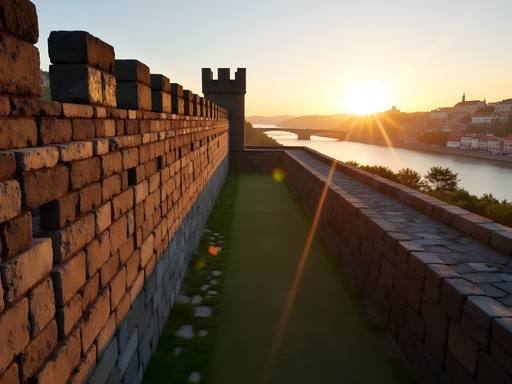
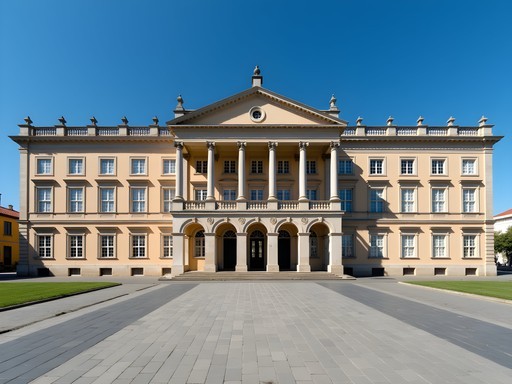

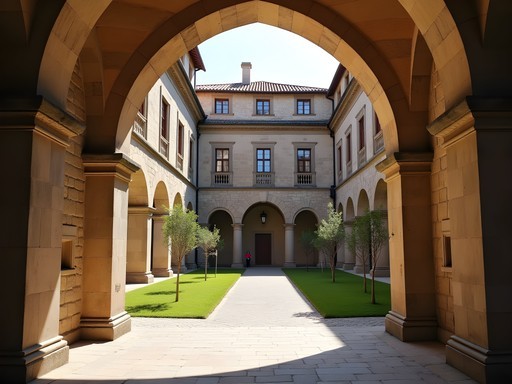
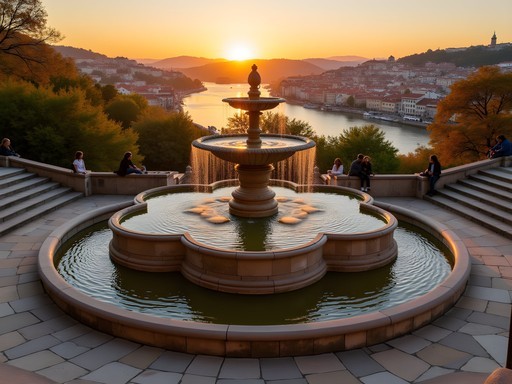
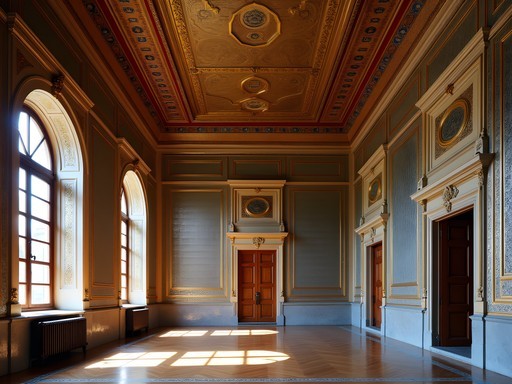


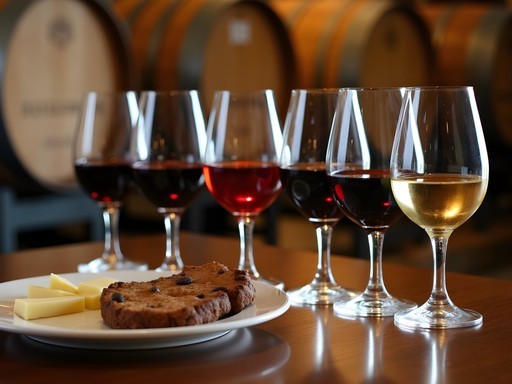

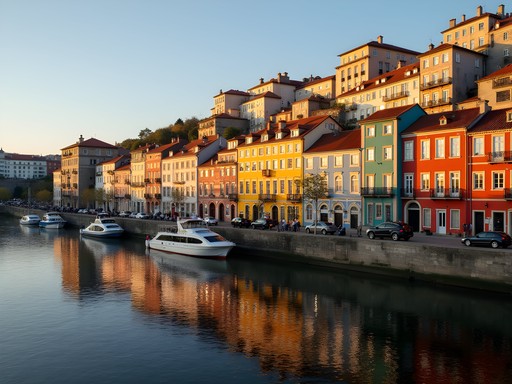





Comments
Hunter Thompson
Brilliant post Sarah! I spent a month in Porto last year and completely agree these spots deserve more love. The Muralha Fernandina views are incredible at sunset - I'd recommend starting at Jardim do Morro and walking along the wall as the city lights come on. Also, if anyone's visiting Casa do Infante, there's a tiny family-run restaurant just around the corner called Taberna Santo António that serves the best bacalhau I've had in Portugal. I documented my walks through these areas with pocket camera which was perfect for the narrow medieval streets. One addition to your list - check out the abandoned Fontainhas public washhouses for a glimpse into traditional Porto life!
smartguide
Thanks for that restaurant tip! Added to my map for next month's trip.
coffeevibes
Just got back from Porto and tried the Taberna Santo António - AMAZING recommendation! The family told us stories about the neighborhood's history while we ate.
smartguide
That Hospital de Santo António is stunning! Never even heard of it before. Adding it to my list!
coffeevibes
This is exactly what I needed! I'm heading to Porto in November and was looking for something beyond the usual wine tours. The Cemitério de Agramonte sounds fascinating - I love historical cemeteries and never would have found this on my own. Has anyone visited during fall/winter? Wondering if any of these sites have limited hours during off-season.
Hunter Thompson
I was there last December and most of these spots were open regular hours! The cemetery is actually extra atmospheric in the winter fog. Just bring layers - those stone buildings get chilly!
coffeevibes
Perfect, thanks for the tip about layers! Did you need to book anything in advance?
Hunter Thompson
Nope! All these lesser-known spots were pretty quiet. That's the beauty of them - no lines like at the big wine cellars!
Timothy Jenkins
Fantastic article, Sarah! I'm particularly glad you highlighted the Muralha Fernandina. Most tourists miss these medieval walls while rushing between wine cellars. I spent an afternoon last October walking the preserved sections and the views over the Douro are spectacular without the crowds you get at the more famous spots. The section near Virtudes Garden was my favorite - there's a small café nearby where locals gather that serves incredible pastéis de nata. One tip for visitors: wear proper walking shoes as some sections have uneven cobblestones that can be slippery after rain.
PortoExplorer92
Do you think the Muralha Fernandina sections would be accessible for elderly visitors? My parents (70s) are joining me in Porto and they love history but have some mobility limitations.
Timothy Jenkins
Some sections are definitely more accessible than others. The area near Bataria da Vitória has some gentler slopes and better pathways. I'd suggest avoiding the Guindais section which has quite steep steps. The tourist office near São Bento station has accessibility maps that show the easier routes!
wanderlustperson
This is exactly what I needed! Going to Porto next month and wanted to see beyond the usual wine tours. Is the Cemitério de Agramonte easy to find? And would you recommend a morning or afternoon visit?
Timothy Jenkins
I visited Cemitério de Agramonte last year - definitely go in the morning when the light is softer for photos. It's easy to find but a bit away from the center. Take the 200 or 201 bus and get off at Boavista. The cemetery opens at 8:30am and the sculptural details are incredible in the morning light!
wanderlustperson
Thanks for the tip about the morning light! Will definitely plan for that. Any chance you know if they allow photography inside?
Timothy Jenkins
Yes, photography is allowed as long as you're respectful. I used my compact camera which was perfect for capturing the intricate stone carvings without being intrusive. Just be mindful of any funeral services happening during your visit.
springstar
Going to Porto next month! How long would you recommend for seeing all these spots? We only have 3 days total.
Sarah James
Hi springstar! With 3 days, I'd focus on 3-4 sites from the list, mixed with the traditional highlights. The Fernandina Wall and Casa do Infante can be seen in the same morning. Hospital de Santo António is quick if you're just admiring the architecture. The cemetery needs more time to appreciate. Hope that helps!
springstar
Perfect, thanks so much! Will definitely prioritize the wall and Casa do Infante then.
Hunter Thompson
Brilliant post Sarah! I backpacked through Porto last autumn and stumbled upon the Hospital de Santo António completely by accident. The British architectural influence is so unexpected in Portugal! I'd add that there's a tiny family-run café just around the corner that serves the best pastéis de nata I found in the entire city. Also, for anyone visiting the Casa do Infante, go early in the morning (before 10am) as the light through those windows makes for incredible photos and you'll beat the small tour groups. I used my pocket guide to find some of these spots but several on your list were completely new to me! Adding them to my list for when I return next spring.
journeylegend
Finally! Someone writing about Porto beyond the wine tours. Visited last year and the Fernandina Wall was such a highlight!
Hunter Thompson
Right?? Everyone just goes for the port wine but misses all this amazing history. Did you manage to see the Cemetery of Agramonte too?
journeylegend
Sadly no, ran out of time! Is it really worth visiting? Not usually a cemetery person but the article makes it sound fascinating.
Hunter Thompson
100% worth it! The stone carvings are incredible and it's super peaceful. Take the morning tram there and grab coffee at that little place across the street first. I spent 2 hours just wandering and taking photos.
luckyadventurer
Just got back from Porto and used this guide to explore beyond the usual wine tours - the Muralha Fernandina at sunset was MAGICAL! We were the only tourists there while everyone else was at the riverfront. Got some incredible photos and a memory I'll cherish forever. Thank you Sarah for highlighting these hidden treasures!
dreamphotographer
Would love to see those sunset photos if you're willing to share!
luckyadventurer
Sure thing! Just posted them on my profile - the golden light hitting those medieval stones was incredible!
globeone
I visited the Hospital de Santo António on my last trip but had no idea about its British connections! Shows how much you miss without doing research. This is why I love travel blogs!
Venture X
Premium card with 2X miles, $300 travel credit, Priority Pass